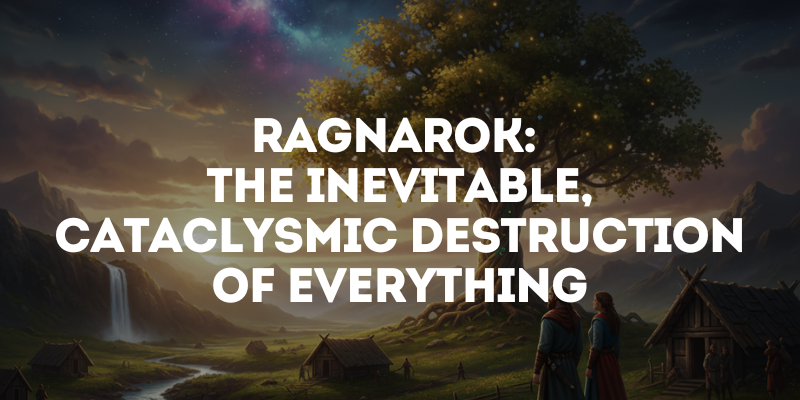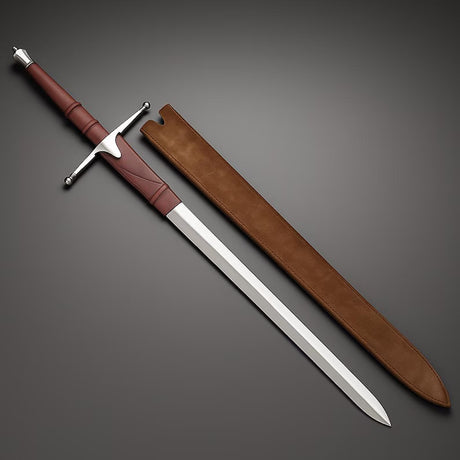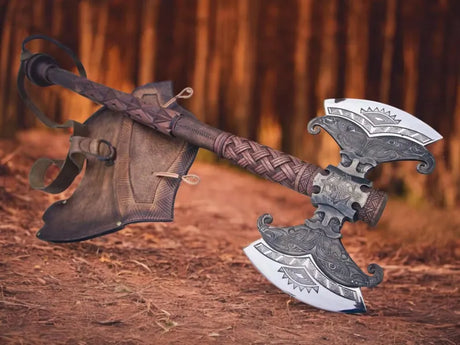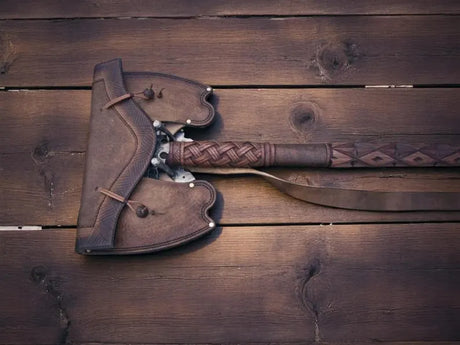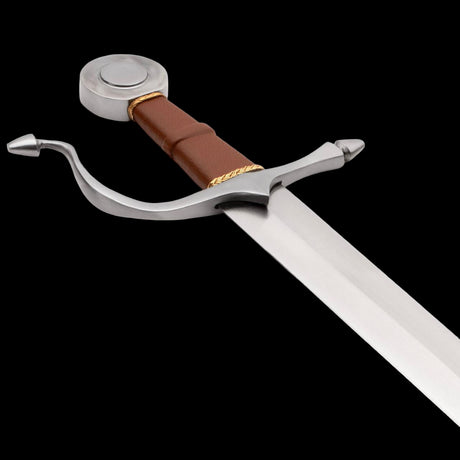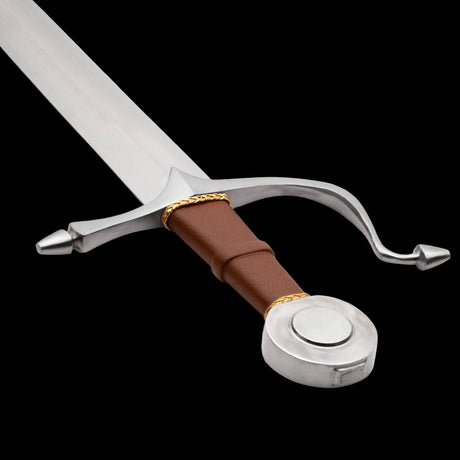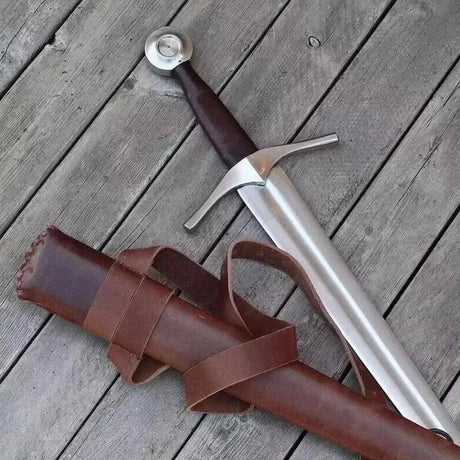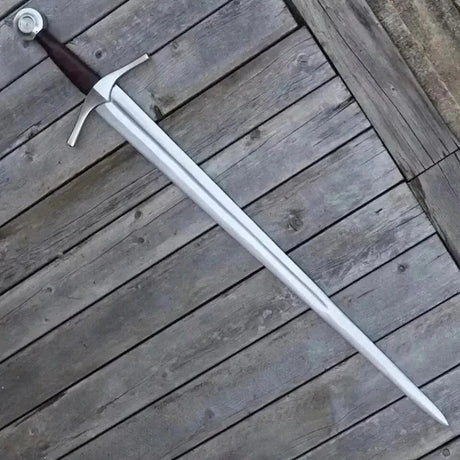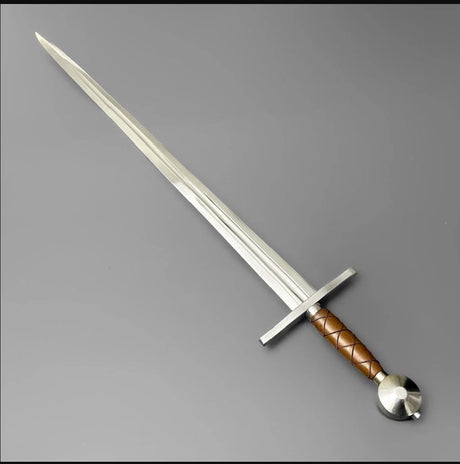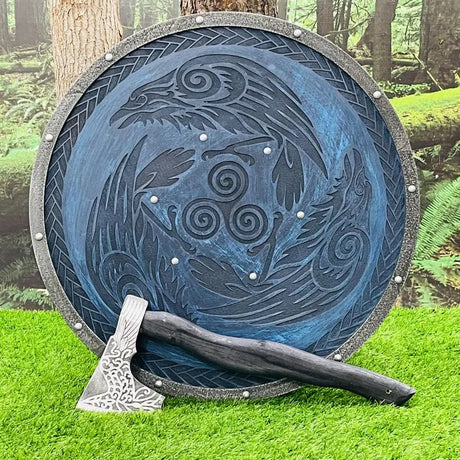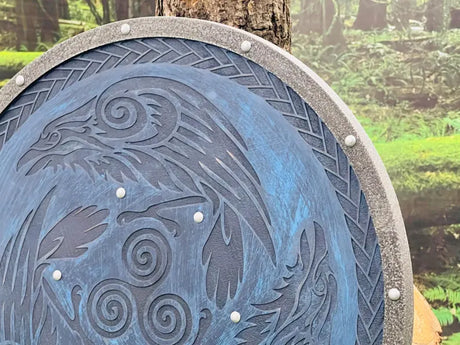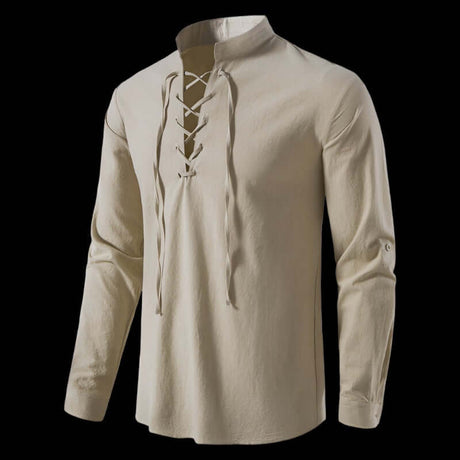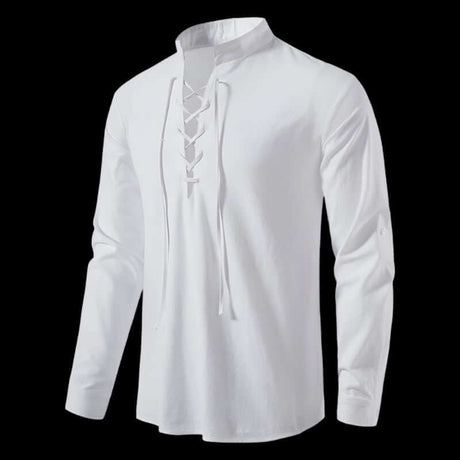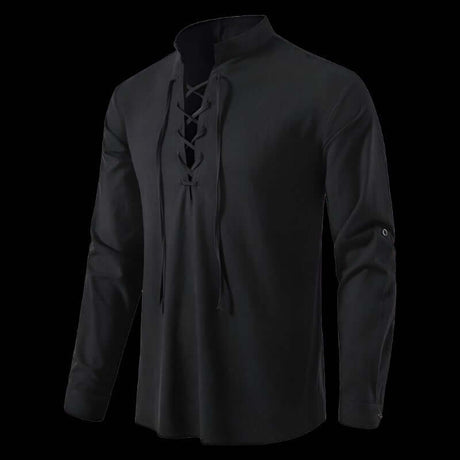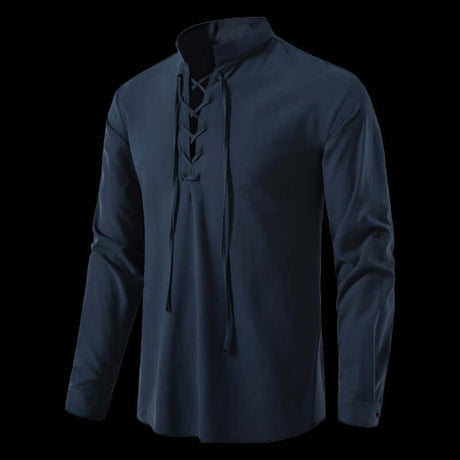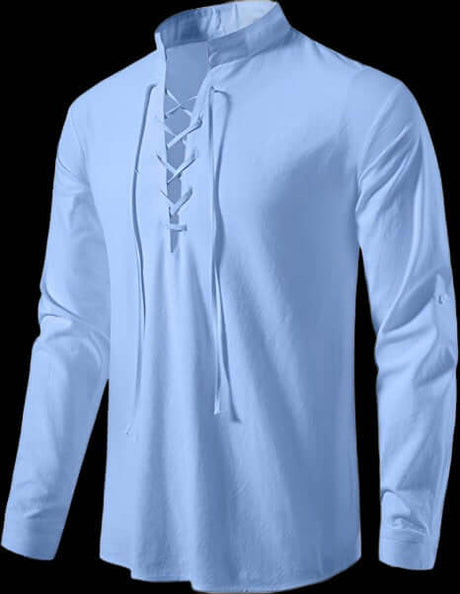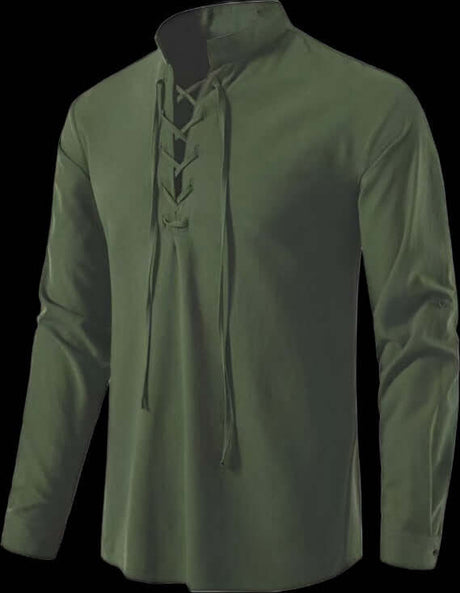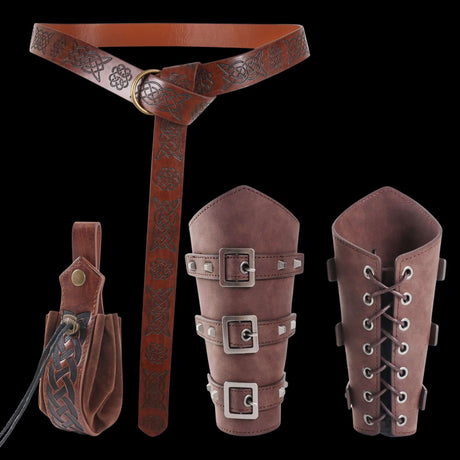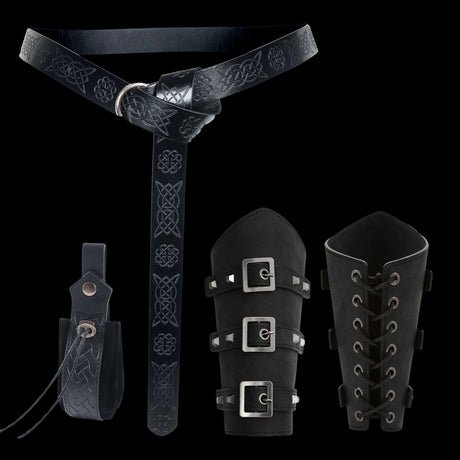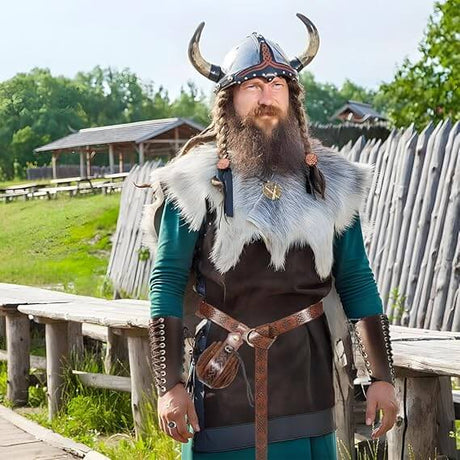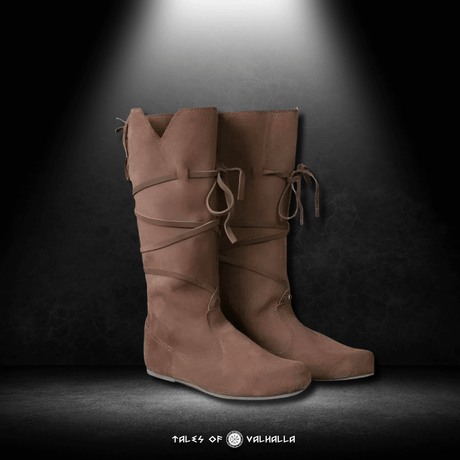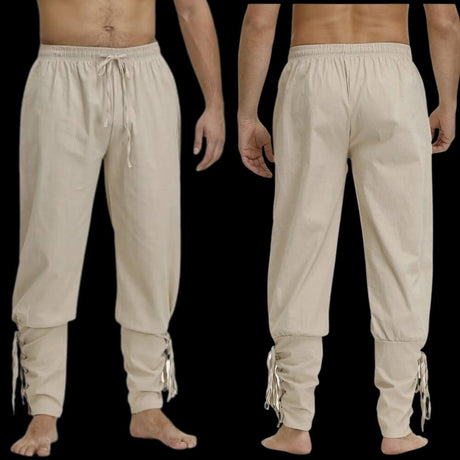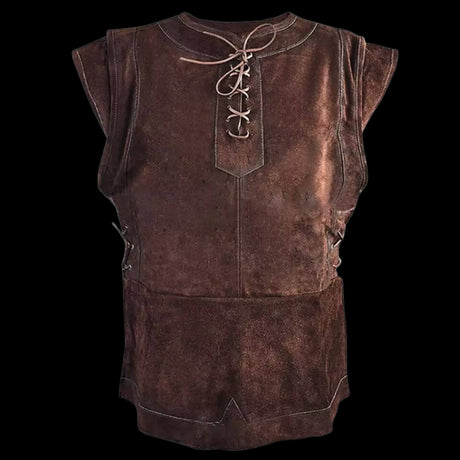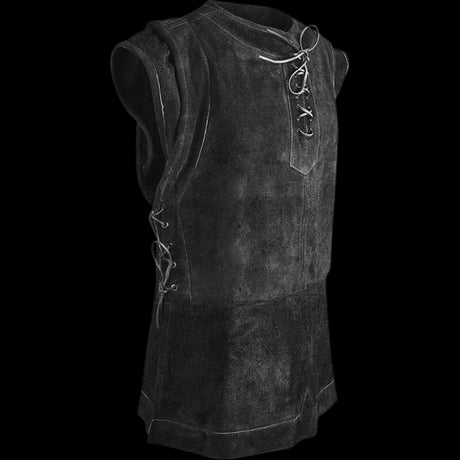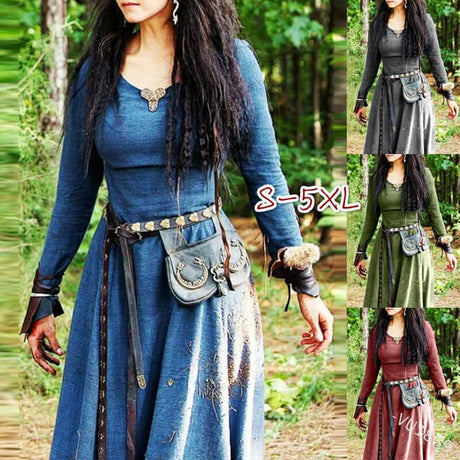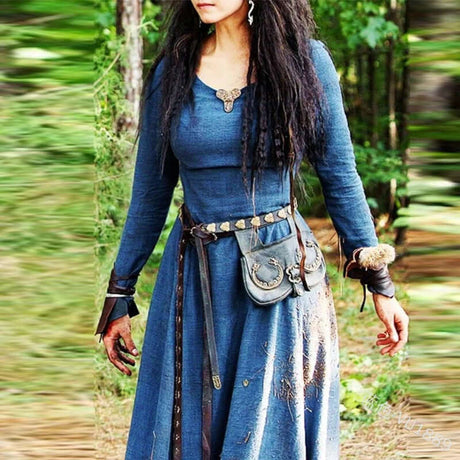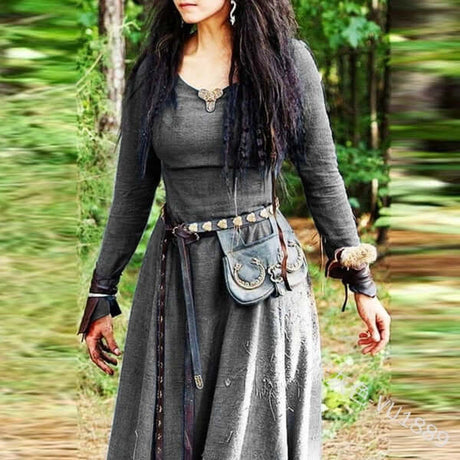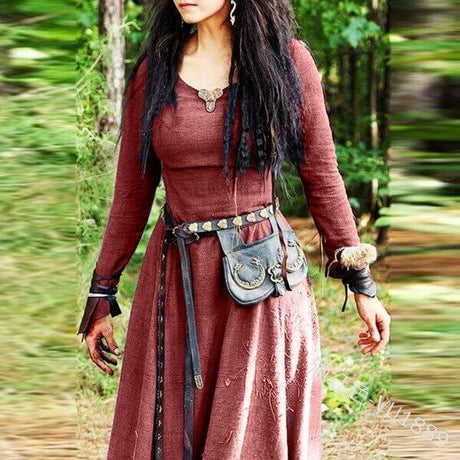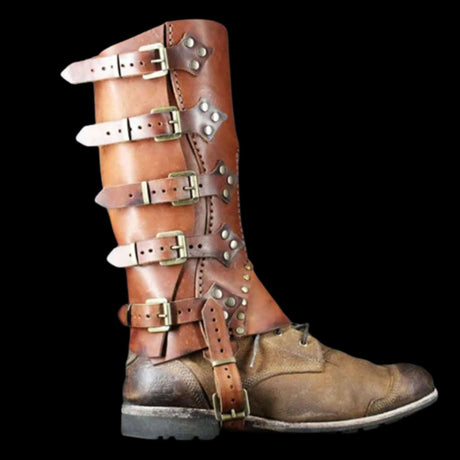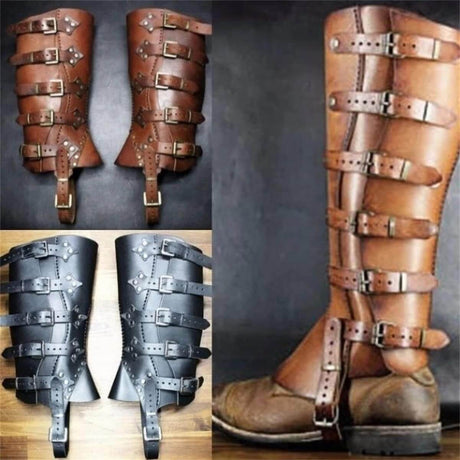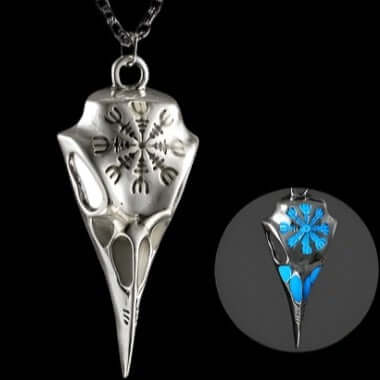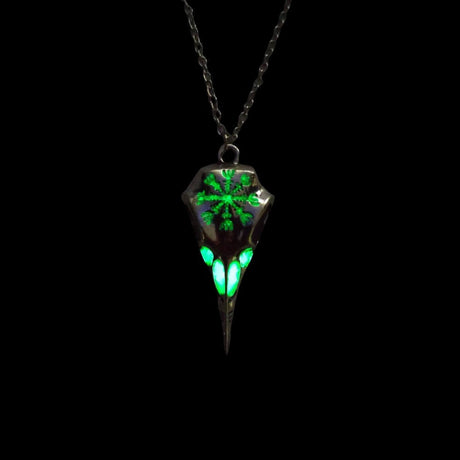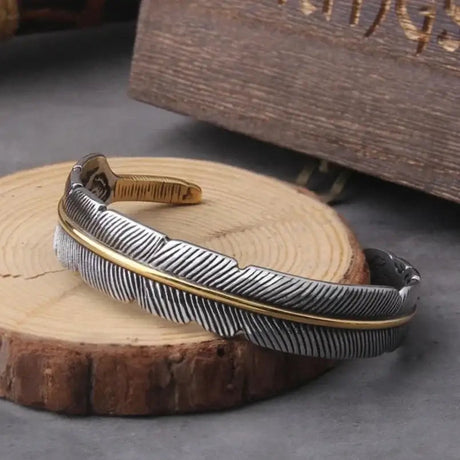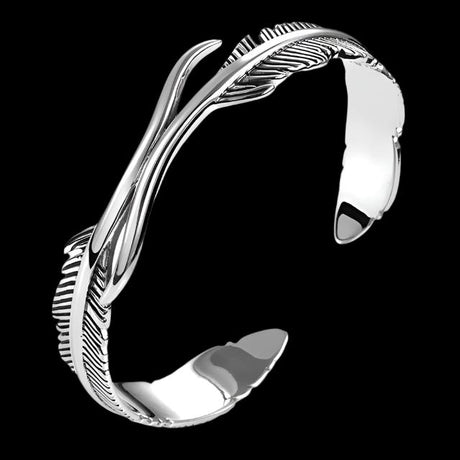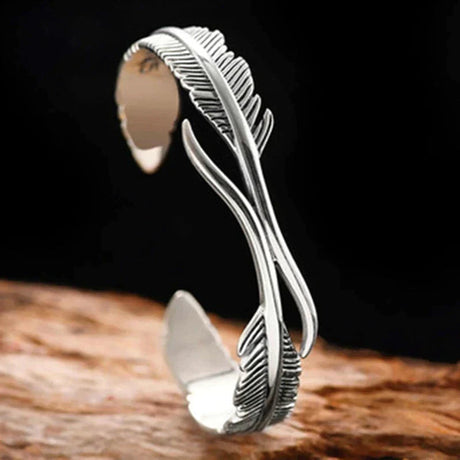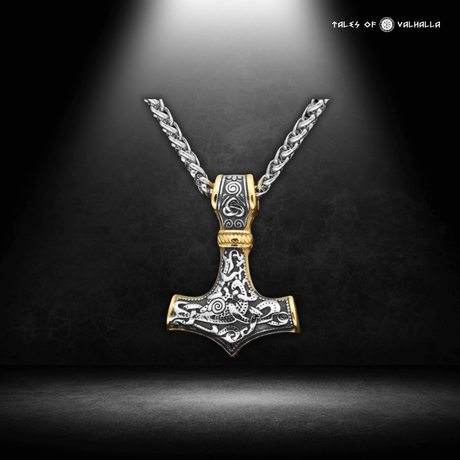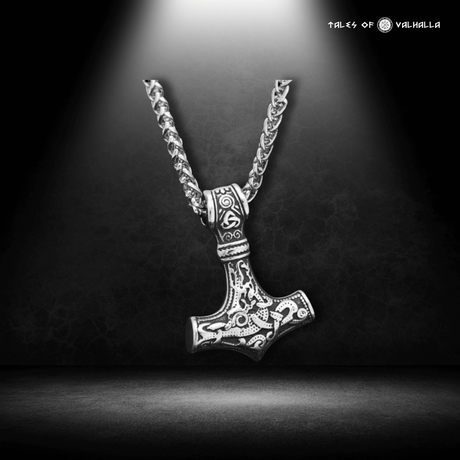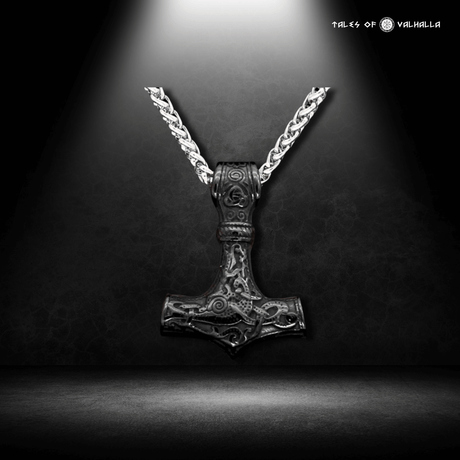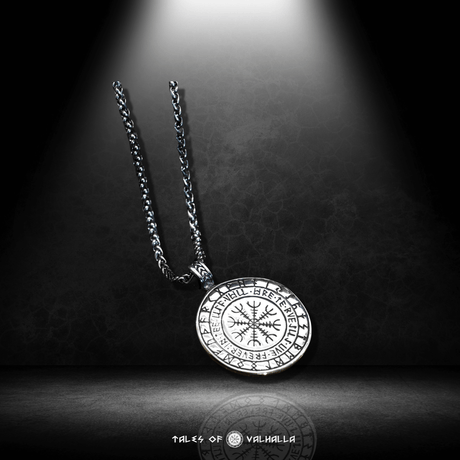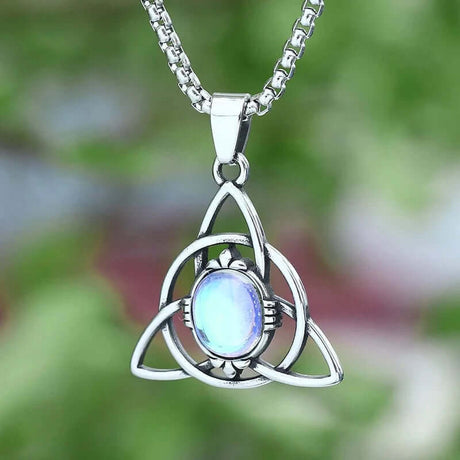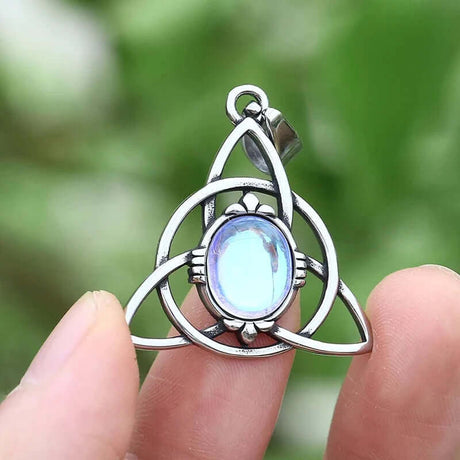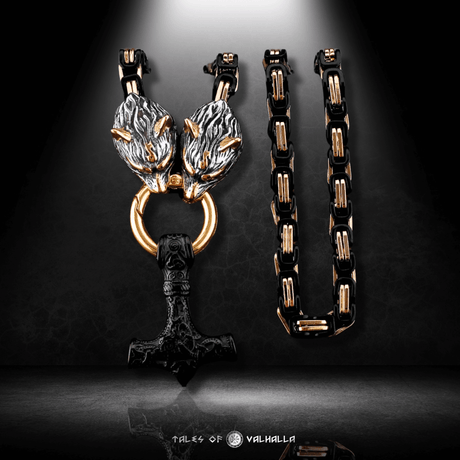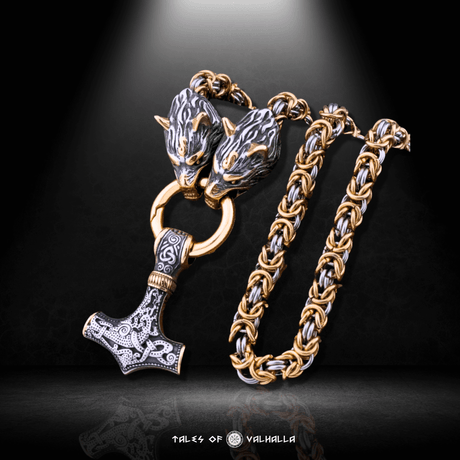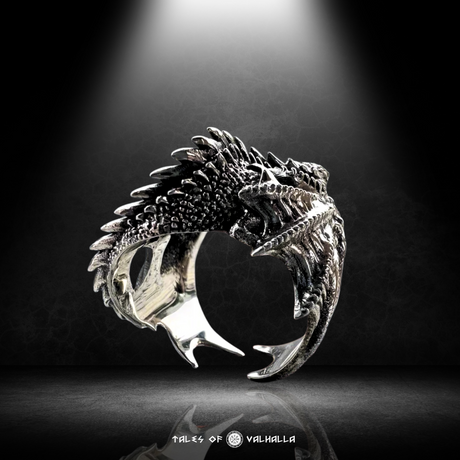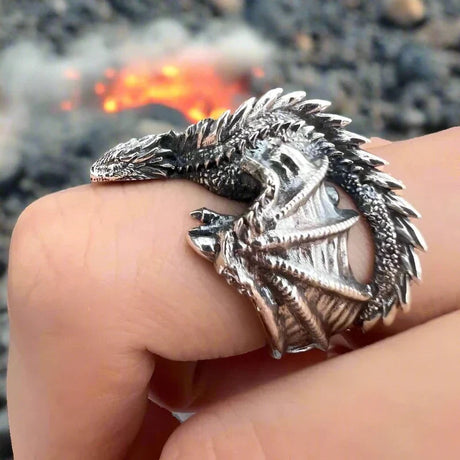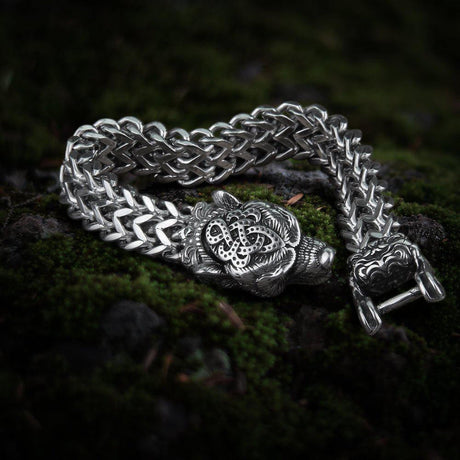The word thunders through modern pop culture in the United States, most famously as a subtitle for a blockbuster Marvel movie: Ragnarok. We see it in video games, hear it in music, and associate it with an epic, explosive final battle. But what if I told you that the ancient Norse version of this story is far grander, darker, and more profound than any comic book adaptation? What if Ragnarok wasn't just a battle, but a prophesied, inevitable end of the world, known to the gods for eons?
This is the story of the Twilight of the Gods, the doom of the powerful. It’s a saga of broken oaths, cosmic winters, and monstrous forces unleashed. But it is also, unexpectedly, a story of rebirth. This deep dive will explore the true meaning of Ragnarok, moving beyond the simple idea of a cataclysm to uncover the signs that foretold it, the key players in its final, devastating act, and the surprising hope that lay hidden in its ashes. This is the Ragnarok the Vikings believed in, a story of how one faces an unavoidable end.
What is Ragnarok? More Than Just an Apocalypse
To understand Ragnarok, we must first understand its name. The Old Norse Ragnarök is often translated as "Twilight of the Gods." A more literal and perhaps more accurate translation is "Fate of the Gods." This is a crucial distinction. Ragnarok is not a random cataclysm or a preventable war; it is a prophecy, a destiny woven into the fabric of the cosmos by the Norns (the Fates) from the very beginning.

A Known Doom: The Shadow Over Asgard
One of the most unique and compelling aspects of Norse mythology is that the gods are not truly immortal in the sense of being eternal. They can be killed, and they know it. Odin, the Allfather, in his relentless quest for knowledge, has seen the prophecies. He knows how he will die, how Thor will die, and how their world will end.
This knowledge casts a long, dark shadow over all the myths. The gods are not fighting to prevent Ragnarok; they are fighting to meet it with courage and to delay it for as long as possible. Their heroism is not defined by their ability to win, but by their willingness to fight a battle they know they are destined to lose. This is the tragic, beautiful heart of the Ragnarok saga.
The Beginning of the End: The Harbingers of Ragnarok
The Ragnarok prophecy is not a sudden event but a sequence of escalating calamities. The sagas lay out a clear timeline of signs and portents that would signal the beginning of the end.
The First Domino: The Death of Baldr
The first and most tragic harbinger is the death of the beautiful and beloved god, Baldr, son of Odin and Frigg.
- A World Shattered: Baldr was so loved that his mother, Frigg, extracted an oath from all things in creation not to harm him. The gods made a sport of this, hurling weapons at Baldr, which would all turn aside. But the trickster Loki, consumed by jealousy, discovered that Frigg had overlooked one small, seemingly harmless plant: the mistletoe.
- Loki's Treachery: Loki fashioned a dart from mistletoe and tricked Baldr's blind brother, Höðr, into throwing it. The dart pierced Baldr, killing him instantly. This was the first death among the gods in Asgard, a murder born of deceit that shattered the peace of their realm.
- The Refusal of Hel: The gods sent the messenger Hermod to the underworld to plead with the goddess Hel for Baldr's return. Hel agreed, on one condition: that every living thing in all the Nine Worlds would weep for him. All did, except for one giantess (widely believed to be Loki in disguise), who refused. Baldr was thus bound to the underworld until after Ragnarok. His death signaled that the bonds of kinship and the invulnerability of the gods were broken.
Fimbulwinter: The Winter That Swallows All
Following the death of Baldr, the world of men would descend into chaos. The Ragnarok prophecy foretells a breakdown of all societal bonds, followed by a winter of unimaginable length and ferocity.
- The Axe Age, The Sword Age: The sagas describe a time when "brothers will fight and kill each other, and sisters' sons will defile kinship." Oaths will be broken, morality will collapse, and the world will be consumed by greed and strife.
- Fimbulvetr (The Great Winter): This terrible period will be followed by Fimbulwinter. Three successive winters will grip the world with no summer in between. Snow will fall from all directions, the winds will be merciless, and the sun will grow weak. Humanity will be pushed to the brink of extinction, battling for survival in a frozen, desperate world.
Story Vignette 1: The Last Hearth
Imagine a small farmstead in Norway, buried under feet of relentless snow. It is the second year of Fimbulwinter. The sun is a pale, watery disc in a grey sky. Ingrid, the matriarch, rations the last of the salted fish and dried grains. The family's livestock is long gone. The bonds of community have shattered; the nearby villages have either starved or turned on each other. Her husband, Bjorn, stares out at the endless white, his axe in hand, not for battle against raiders, but against any desperate stranger who might approach. This is the chilling prelude to Ragnarok, a world where the cold has extinguished not just warmth, but hope and kinship itself.
The Unbinding of Monsters: The Great Enemies Unleashed
As the world shudders in its death throes, the great chains forged by the gods will finally break, and the enemies of Asgard will be set loose.
- Sköll and Hati: The two great wolves who have chased the sun (Sól) and the moon (Máni) across the sky since the beginning of time will finally catch their prey, plunging the world into darkness.
- Fenrir Breaks Free: The colossal wolf Fenrir, son of Loki, will shatter his magical fetter, Gleipnir. His jaws will stretch from the earth to the sky, fire blazing from his eyes and nostrils.
- Jörmungandr Rises: The Midgard Serpent, another of Loki's children, will rise from the depths of the ocean. In his fury, he will thrash onto the land, spewing his venom to poison the air and the sea, causing massive tidal waves.
- Loki's Return: The trickster god Loki, bound in a cave for his crimes, will break free. He will set sail on the horrifying ship Naglfar, made from the fingernails and toenails of the dead, crewed by the giants of Muspelheim.
- Surtr and the Fire Giants: From the fiery realm of Muspelheim, the fire giant Surtr will lead his armies, wielding a sword that shines brighter than the sun, to scorch the earth.
- Heimdall's Call: Seeing these forces gather, the god Heimdall, the ever-watchful guardian of Asgard, will stand at the Bifrost bridge and sound his great horn, Gjallarhorn. Its blast will be heard throughout the Nine Worlds, a final, desperate call to arms. The final battle of Ragnarok is about to begin.
The Final Battle: The Doom of the Gods on the Plain of Vígríðr
The gods of Asgard and the heroes of Valhalla (the Einherjar) will march out to face their doom on the vast plain of Vígríðr. The prophecy foretells a series of epic, and often tragic, one-on-one duels.
Key Confrontations of Ragnarok
- Odin vs. Fenrir: The Allfather, the wisest and most powerful of the gods, will charge into battle, wielding his spear Gungnir. He will make his stand against his fated enemy, the great wolf Fenrir. Despite his power, Odin will be devoured by the wolf. This is the tragic climax of the Allfather's long preparation.
- Thor vs. Jörmungandr: Thor, the champion of the gods and mankind, will face his arch-nemesis, the Midgard Serpent. The battle will shake the foundations of the world. Thor will finally slay the great serpent, crushing its head with his hammer, Mjölnir. But in his victory, he will be splattered with the creature's deadly venom. He will stagger back nine paces before falling dead to the poisoned earth.
- Freyr vs. Surtr: Freyr, the noble god of fertility and peace, will fight the fire giant Surtr. Freyr is at a disadvantage, having given away his magical, self-fighting sword long ago to win the love of the giantess Gerðr. Without his best weapon, he will be killed by Surtr's flaming sword.
- Heimdall vs. Loki: The guardian of the gods and the god of mischief, two eternal opposites, will meet in a final, deadly confrontation. They will slay each other, a fittingly balanced end for the trickster and the watchman.
- Tyr vs. Garmr: Tyr, the one-handed god of justice and courage, will fight Garmr, the monstrous hound of Hel's gate. They, too, will kill each other.
After these duels, the fire giant Surtr will cast his fire over the world, burning the Nine Realms and cleansing all in a great inferno. The earth will sink beneath the waves. This is the cataclysmic destruction of Ragnarok.
Table: The Fated Duels of Ragnarok
| Combatants (God vs. Foe) | The Confrontation | Outcome |
| Odin vs. Fenrir (Wolf) | The Allfather faces the untamable chaos. | Odin is devoured by the wolf. |
| Thor vs. Jörmungandr (Serpent) | The Thunder God confronts his arch-nemesis. | Mutual Destruction: Thor slays the serpent but dies from its venom. |
| Freyr vs. Surtr (Fire Giant) | The god of peace fights the bringer of fire, without his best weapon. | Freyr is killed by Surtr's flaming sword. |
| Heimdall vs. Loki (Trickster God) | The guardian of order faces the agent of chaos. | Mutual Destruction: They kill each other. |
| Tyr vs. Garmr (Hound of Hel) | The god of heroic sacrifice fights the beast of the underworld. | Mutual Destruction: They kill each other. |
The Aftermath: A World Reborn from the Ashes
But the story of Ragnarok does not end in fire and death. This is what makes the Norse apocalypse so unique. It is not just an end; it is also a new beginning.

The Aftermath: A World Reborn from the Ashes
A New, Green Earth
After the old world sinks into the sea, a new, green, and fertile world will rise from the waters, cleansed and renewed. The sun will have a daughter, even more beautiful, who will take her mother's place in the sky.
The Survivors: The Seeds of a New Generation
Not all the gods will perish. A few will survive the cataclysm, or return from the dead, to inhabit this new world.
- The Sons of Odin and Thor: Odin's sons, Vidarr (who avenged his father by killing Fenrir) and Váli, will survive. Thor's sons, Magni and Móði, will also survive and will inherit their father's hammer, Mjölnir.
- The Return of Baldr: Most poignantly, the gentle god Baldr and his unwitting killer, his blind brother Höðr, will return from the realm of Hel, reconciled and ready to preside over the new, peaceful world.
- Human Survivors: Two humans, Líf and Lífþrasir ("Life" and "She who is determined to live"), will survive by hiding within the wood of Yggdrasil. They will emerge to repopulate the new earth, becoming the ancestors of a new human race.
This powerful theme of rebirth and renewal is the final, crucial chapter of the Ragnarok prophecy.
What Does Ragnarok Tell Us About the Viking Mindset?
The myth of Ragnarok is more than just a dramatic story. It is a profound reflection of the Viking worldview.
- The Inevitability of Fate (Wyrd): The Vikings believed in a concept of fate that, while not entirely rigid, set the course of one's life and the world. The gods themselves were subject to this fate. Ragnarok is the ultimate expression of this belief.
- Courage in the Face of Doom: The ultimate measure of a hero in the Norse world was not whether they could win, but how they faced a certain and unwinnable fate. The gods know they will die at Ragnarok, yet they march out to face their enemies with courage and defiance. This is the heroic ideal.
- A Cyclical Worldview: Unlike the linear "end of days" found in some religions, Ragnarok is part of a cycle. Destruction is followed by creation. This cyclical view reflects the natural world: the death of winter is followed by the rebirth of spring.
- The Fragility of Order: The Norse world was not a peaceful, stable place. It was a constant struggle between the forces of order (the gods) and the forces of chaos (the giants and monsters). Ragnarok is the final, cataclysmic culmination of this eternal conflict.
Conclusion: The End That is Also a Beginning
Ragnarok is one of the most powerful and unique myths in human history. It is a story of inevitable, cataclysmic destruction, a prophecy that hangs over the entire Norse pantheon. It tells of the death of gods, the unleashing of monsters, and the end of the world in fire and flood.
But to see Ragnarok as only an end is to miss its most profound message. It is also a story of courage in the face of certain doom, and, most importantly, a story of hope and rebirth. From the ashes of the old, a new, greener world emerges, populated by a new generation of gods and humans. The saga of Ragnarok teaches us that endings are also beginnings, and that the ultimate test of character is how we face the inevitable. It is a myth that is as much about renewal as it is about destruction, a timeless tale of the world's end and its eternal return.

